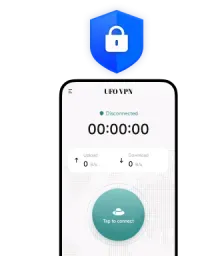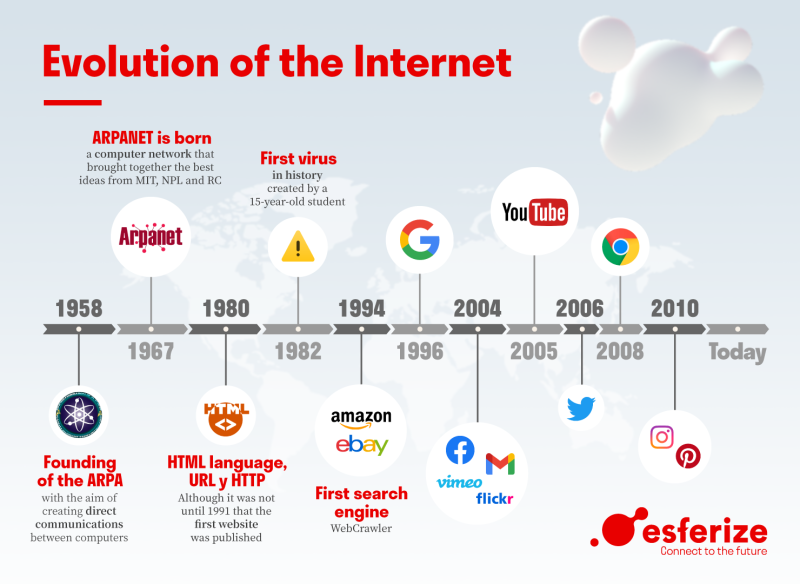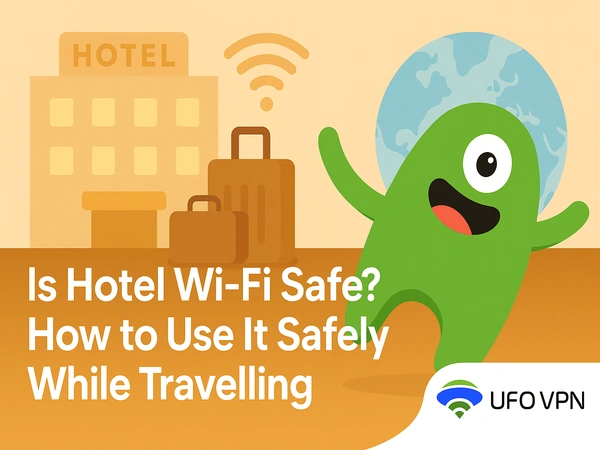What IoT Actually Means

The Internet of Things (IoT) connects physical devices—sensors, cameras, thermostats, wearables, vehicles—to the internet so they can collect data and act on it. Think doorbells that stream video to your phone, industrial sensors that predict machine failures, or city lights that dim automatically after midnight. Understanding this foundation clarifies where the benefits of IoT come from: real-time data plus automation that cuts waste, time, and cost.
Key ideas:
-
Sensing: Devices sample temperature, motion, vibration, position, energy use.
-
Connectivity: Wi-Fi, Ethernet, cellular (4G/5G), LPWAN (LoRaWAN, NB-IoT), Bluetooth.
-
Intelligence: Edge processing or cloud analytics trigger alerts, rules, and actions.
-
Control: Apps, dashboards, or APIs adjust devices remotely.
Key Benefits of IoT for Work and Home
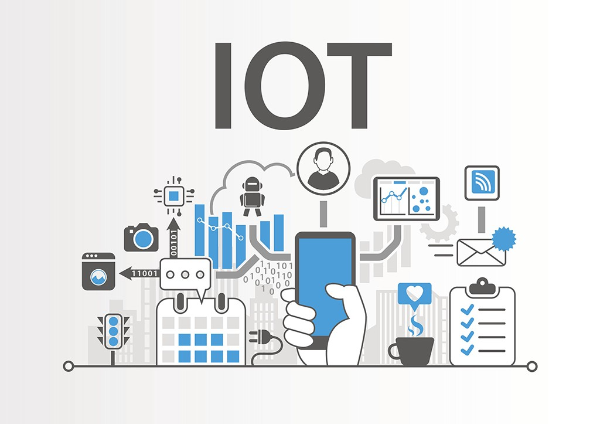
This is where the benefits of IoT turn into day-to-day wins you can observe and measure.
-
Efficiency & automation
-
Automate climate control, lighting, and equipment schedules.
-
Reduce manual checks with sensors that alert you to exceptions.
-
Top IoT advantages: fewer human errors, faster reactions, lower labor cost.
-
-
Predictive maintenance & uptime
-
Vibration and temperature sensors on machines forecast failures.
-
Swap “fix after it breaks” for “fix before it fails,” shrinking downtime.
-
-
Energy savings & sustainability
-
Smart meters and plugs reveal waste; schedules and occupancy rules cut kWh.
-
The benefits of IoT in sustainability include emissions reductions and lower bills.
-
-
Safety & loss prevention
-
Cameras, door/window sensors, and leak detectors notify you instantly.
-
Industrial IoT applications include gas detection and zone safety alerts.
-
-
Better customer experience
-
Retail beacons, kiosks, and smart shelves keep inventory accurate and experiences consistent.
-
Wearables and trackers speed service and shorten lines.
-
-
Data-driven decisions
-
Dashboards show trends (usage, dwell time, cycle count) so teams invest where results are proven.
-
In short: the benefits of IoT come from timely data + automation—no guesswork.
Real-World IoT Applications

Seeing IoT applications in context helps you plan deployments with clear outcomes.
Smart home
-
Thermostats, plugs, lighting, cameras, doorbells, robot vacuums.
-
Practical benefits of IoT in smart homes: comfort, energy savings, better visibility when away.
Small business & offices
-
Smart locks and access logs, occupancy sensors for meeting rooms, printer/asset trackers.
-
SMBs see benefits of IoT in inventory accuracy, reduced shrink, and simplified facility management.
Industrial & logistics
-
Condition monitoring for motors/pumps, telematics for fleets, pallet and container trackers.
-
Benefits of IoT for businesses: fewer breakdowns, on-time shipments, lower fuel and maintenance costs.
Healthcare & fitness
-
Remote patient monitoring, medication reminders, fitness wearables.
-
Benefits of IoT in healthcare include early interventions and better adherence.
Smart cities & utilities
-
Lighting that dims on empty streets, waste bins that signal pickup, water networks that detect leaks.
-
Benefits of IoT in cities: safer streets, lower operating costs, less waste.
As 5G matures and chips sip even less power, the benefits of IoT expand to more locations and longer battery life.
Risks and Trade-Offs You Should Plan For

The benefits of IoT are real, but so are the trade-offs. Planning for them is part of good IoT security.
-
Weak defaults & unpatched firmware: Many devices ship with default passwords or slow updates.
-
Shadow devices: Unknown gadgets appear on Wi-Fi (visitors, contractors, smart TVs).
-
Data exposure: Streams and telemetry can reveal routines or sensitive operations.
-
Supply-chain risk: Cheap clones or abandoned brands stop updating early.
-
Complexity: Dozens of devices mean more points of failure without a clear management plan.
Understanding the benefits of IoT also means facing risks—and adopting the controls below so advantages outweigh exposure.
Security Playbook: Make IoT Safer and Faster
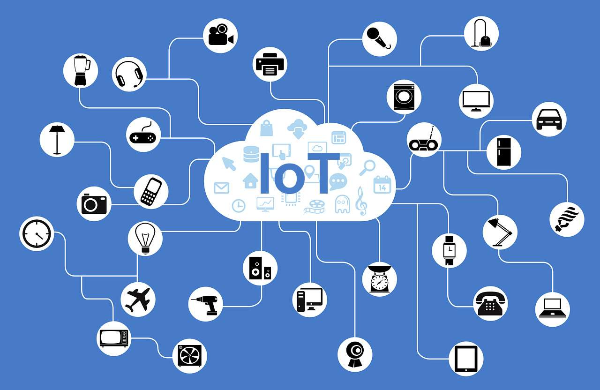
To unlock the benefits of IoT securely, implement these basics from day one. They’re boring—and they work.
-
Segment your network
-
Create a separate SSID/VLAN for IoT. Keep laptops/phones on a different network.
-
Disable lateral discovery between segments so a compromised camera can’t reach your workstation.
-
-
Strong identity & updates
-
Change default passwords; use a manager to store unique credentials.
-
Turn on automatic firmware updates where possible; schedule periodic checks otherwise.
-
-
Least privilege & logging
-
Grant apps the minimum rights they need; revoke old integrations.
-
Enable device and router logs; review new devices weekly.
-
-
Encrypt traffic & admin sessions
-
Prefer devices that support TLS for cloud links and HTTPS for local panels.
-
If remote access is required, avoid port-forwarding straight to devices.
-
-
Use VPN where it actually helps
-
Many devices don’t support VPN clients natively, but the benefits of IoT still improve when you secure the surrounding path:
-
On your phone/laptop: Use free proxy VPN in UFO VPN when you administer devices or view cameras on public Wi-Fi.
-
Router-level protection (where supported): Some routers support a VPN tunnel for an entire SSID/VLAN. That wraps device traffic in encryption as it leaves your home or branch.
-
When traveling: Viewing a doorbell or NVR from a hotel? Connect UFO VPN to the nearest location first to protect sessions from captive-portal snooping and on-path tampering.
-
-
Step 1 Download & Install UFO VPN
With 3000+ server in over 100 countries, UFO VPN is open to download as a free iPhone VPN, free Android VPN(with VPN APK), free Windows VPN and free Mac VPN. Install the app and sign up or log in.
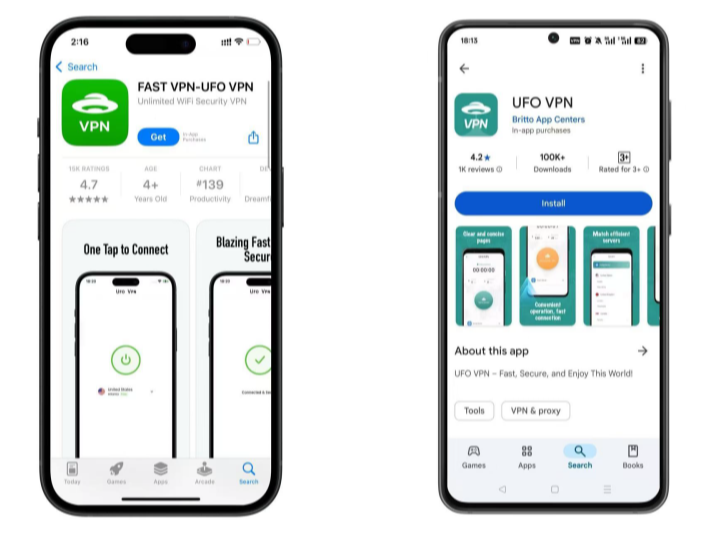 Step 2 Connect to a Browsing-friendly Server
Step 2 Connect to a Browsing-friendly ServerOpen the app, choose a free server locationwhere your desired streaming/gaming/browsing platform is available.
We recommend free USA VPN, free UK VPN and free Australia VPN.
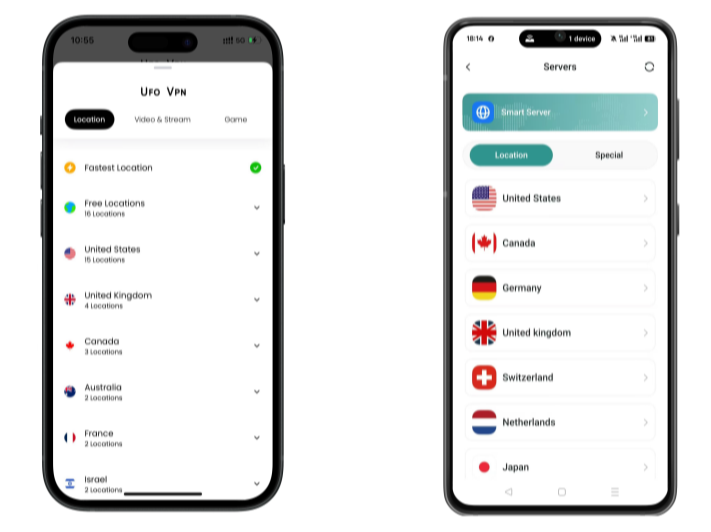
Pro Tip
UFO VPN is compatible with popular platforms in gaming and streaming as CODM VPN, PUBG VPN, Netflix VPN and more!
Step 3 Check IP Location Status AgainAfter connecting, visit What is My IP tool to see your current location and ensure your real IP is visible.
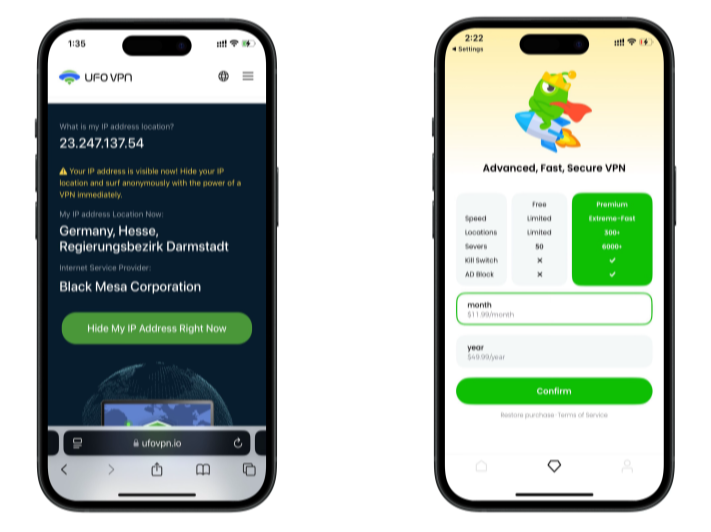 Step 4 Enjoy Uninterrupted Browsing Now
Step 4 Enjoy Uninterrupted Browsing NowWith all set, visit your favorite platform and start browsing without geo-blocks or buffering!

-
-
Procure better
-
Favor brands with transparent security pages, CVE handling, and long update windows.
-
Test one device first; then scale.
-
Router-level VPN to protect the benefits of IoT devices at home is powerful when available; otherwise, protect admin traffic with UFO VPN on your phone or laptop.
How to Choose and Deploy IoT for Real ROI

Success isn’t random. Tie the benefits of IoT to specific metrics.
1) Start with a measurable problem
-
Example KPIs: energy per square foot, unplanned downtime hours, inventory accuracy, SLA response time.
-
When evaluating vendors, map benefits of IoT to KPIs you already track.
2) Pilot small, then scale
-
Prove the case in one room/line/vehicle. Document baseline vs. after.
-
Measuring benefits of IoT: baseline metrics ensure your rollout is justified.
3) Design for maintenance
-
Pick devices with clear update paths and replaceable batteries.
-
Keep a register (model, MAC, firmware, SSID, VLAN, install date).
4) Plan connectivity and power
-
Wi-Fi for high-bandwidth; LPWAN for long-life sensors; cellular for mobility.
-
Avoid dead spots; consider mesh or repeaters where needed.
5) Prepare for growth
-
New devices will arrive—budget IP ranges, SSIDs, and inventory time.
-
As teams mature, the benefits of IoT expand from quick wins to predictive analytics.
SMBs see benefits of IoT in inventory tracking and loss prevention first; enterprises often start with energy and uptime. Either way, keep the playbook tight and repeatable.
FAQs
What are the benefits of IoT in one sentence?
Timely sensor data plus automation cuts waste, improves uptime, and informs better decisions—those are the core benefits of IoT.
What are typical IoT advantages for a small business?
Lower energy use, better inventory accuracy, fewer missed maintenance windows, and faster customer service—practical IoT advantages with short payback.
Which IoT applications deliver the fastest ROI?
Smart plugs/meters (energy), leak detection (damage avoidance), access control (loss prevention), and machine condition monitoring (uptime) are high-impact IoT applications.
Is a VPN required for IoT security?
Not always. Many devices already encrypt cloud links. Use a VPN (e.g., UFO VPN) to protect admin sessions on public Wi-Fi and, if supported, to tunnel an IoT-only SSID at the router.
How do I stop cheap devices from risking my network?
Segment them on a separate SSID/VLAN, change defaults, disable UPnP, and log traffic. If support is poor, replace the weakest links.




